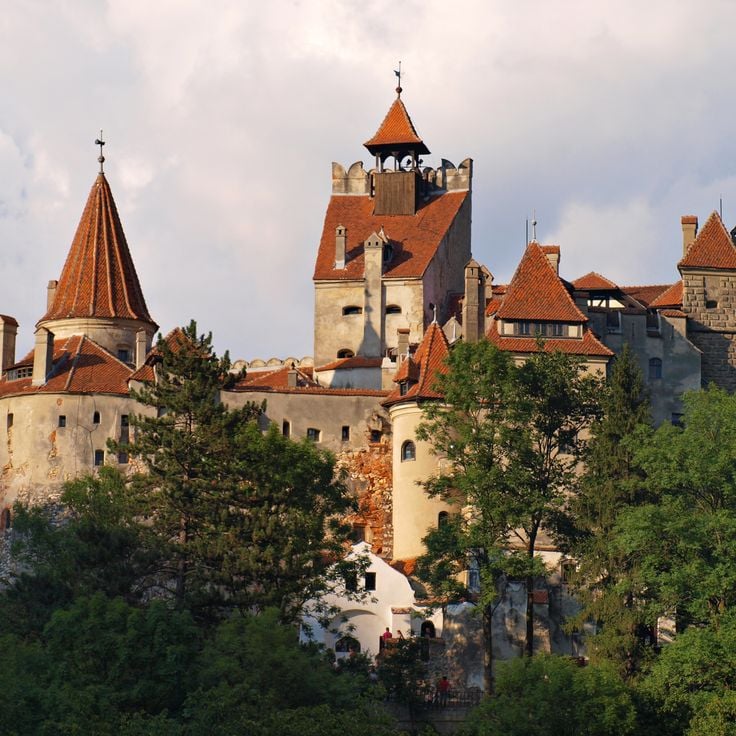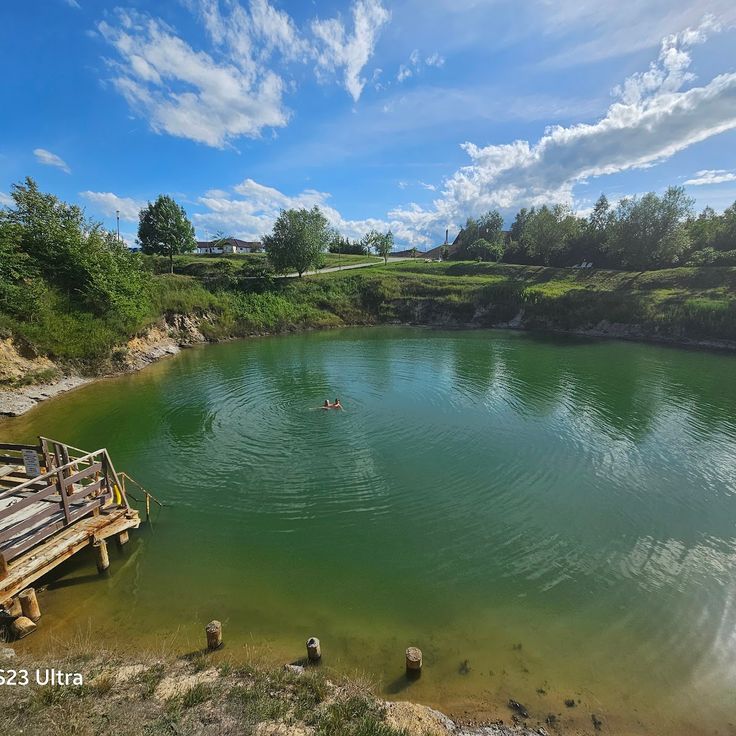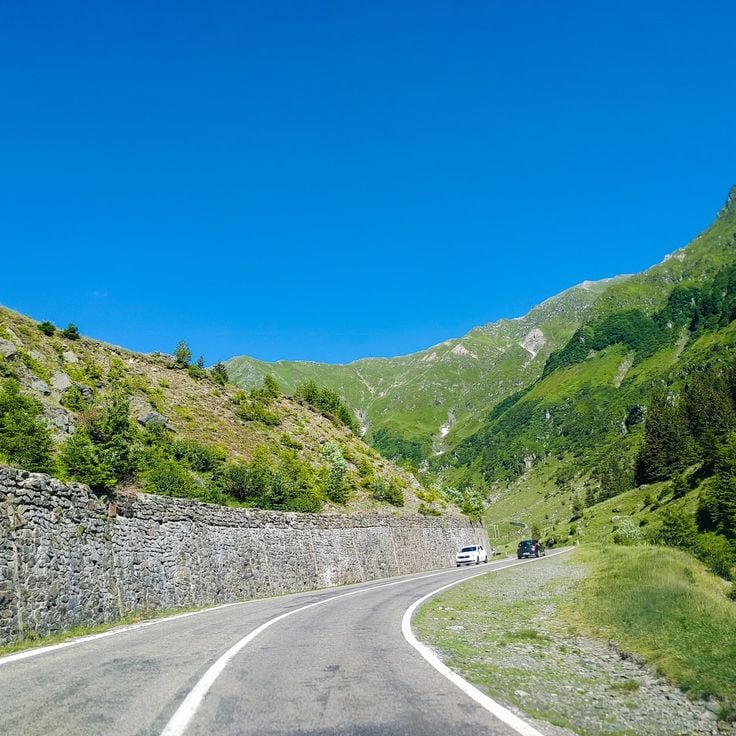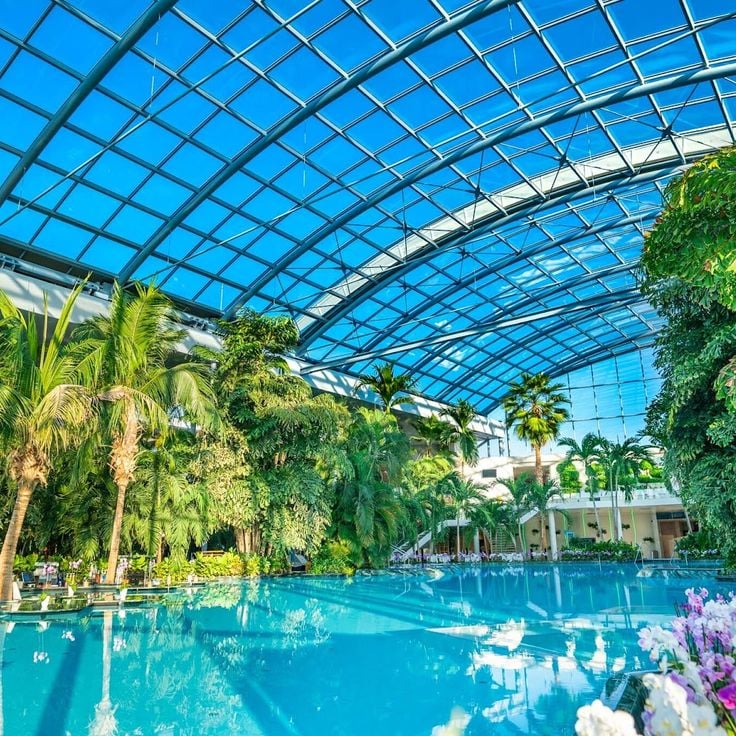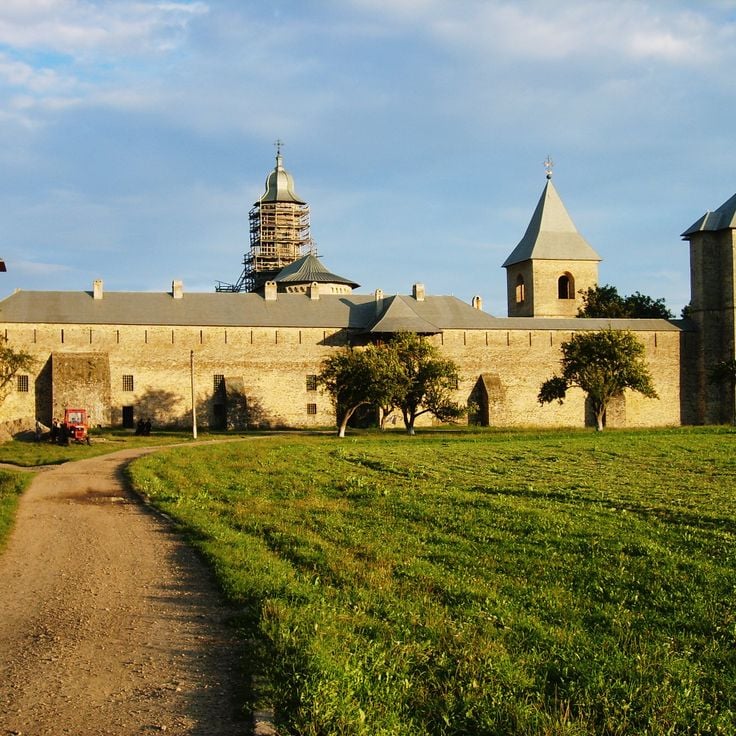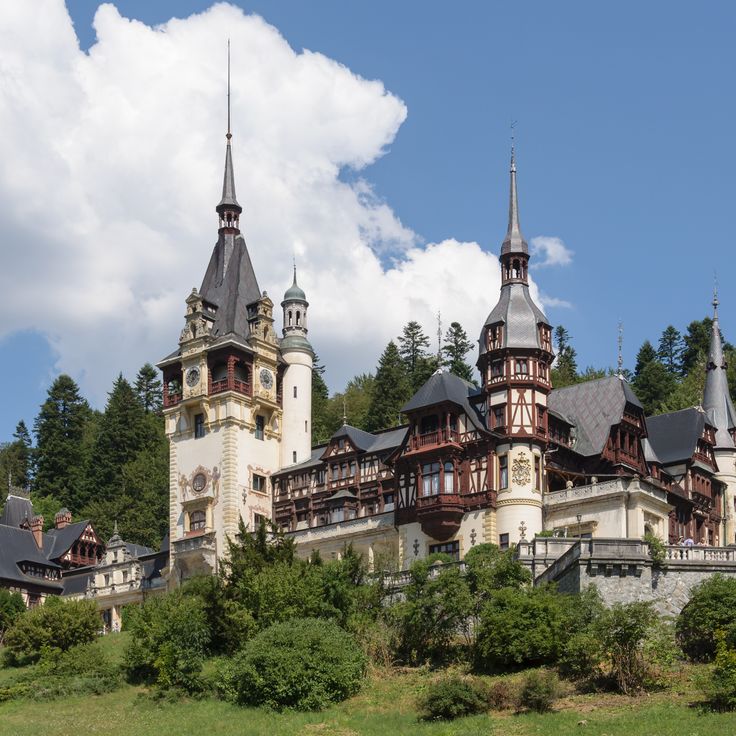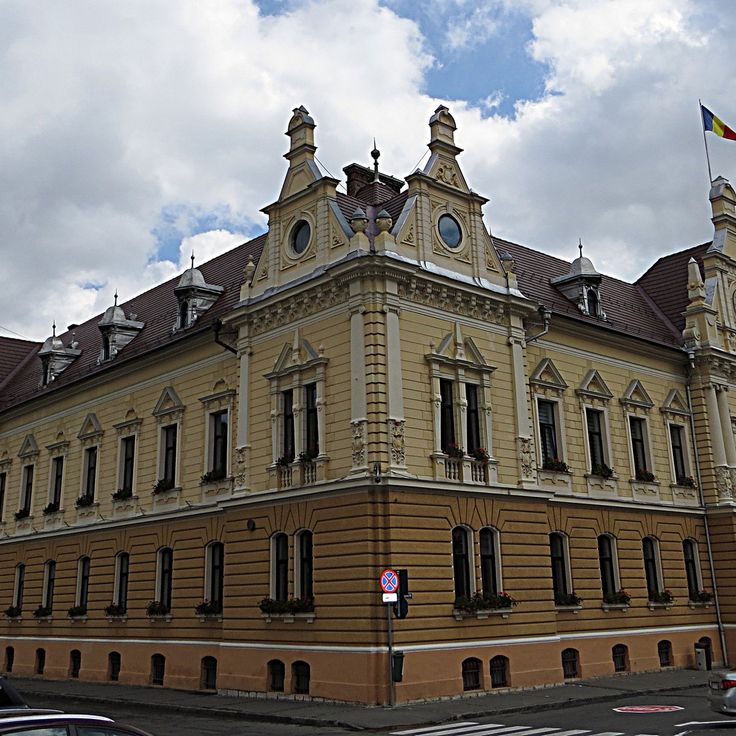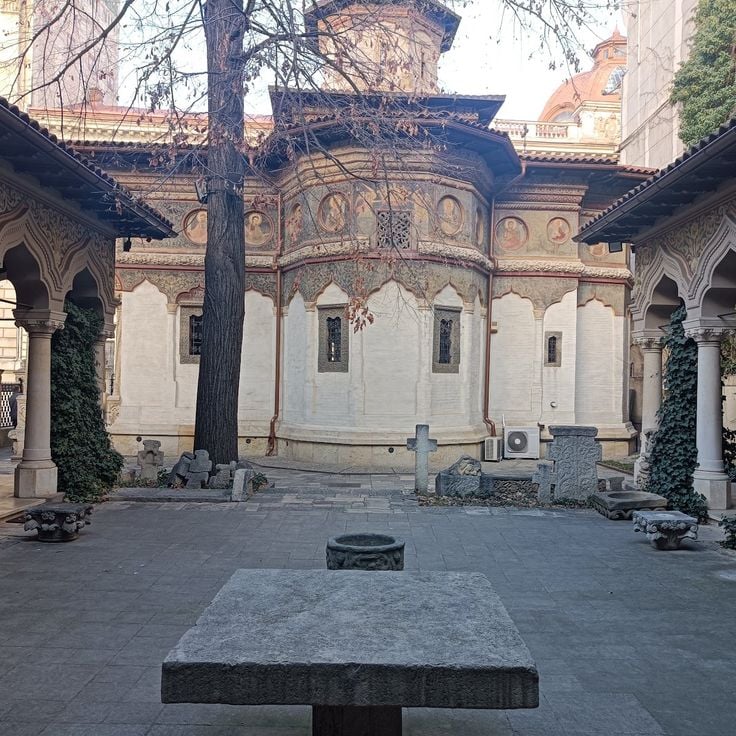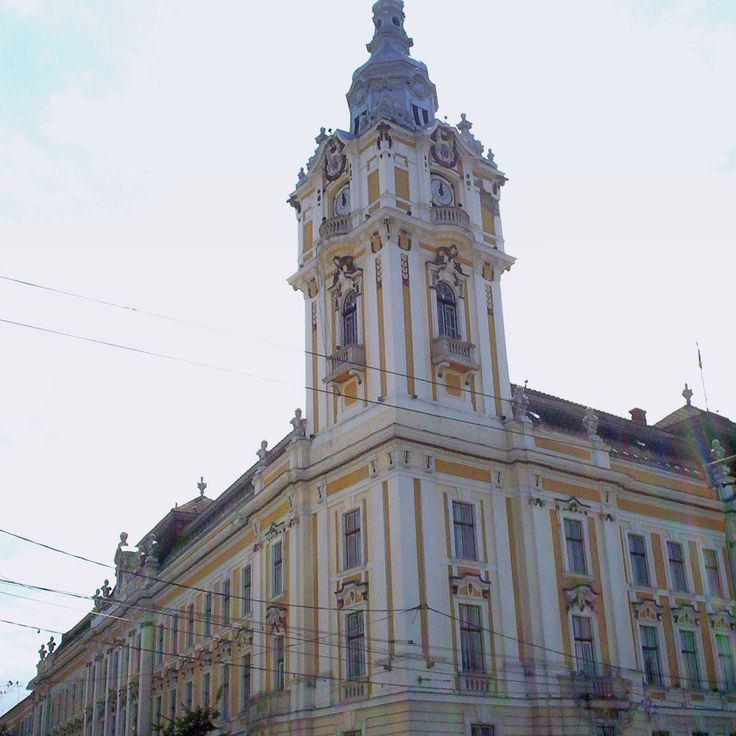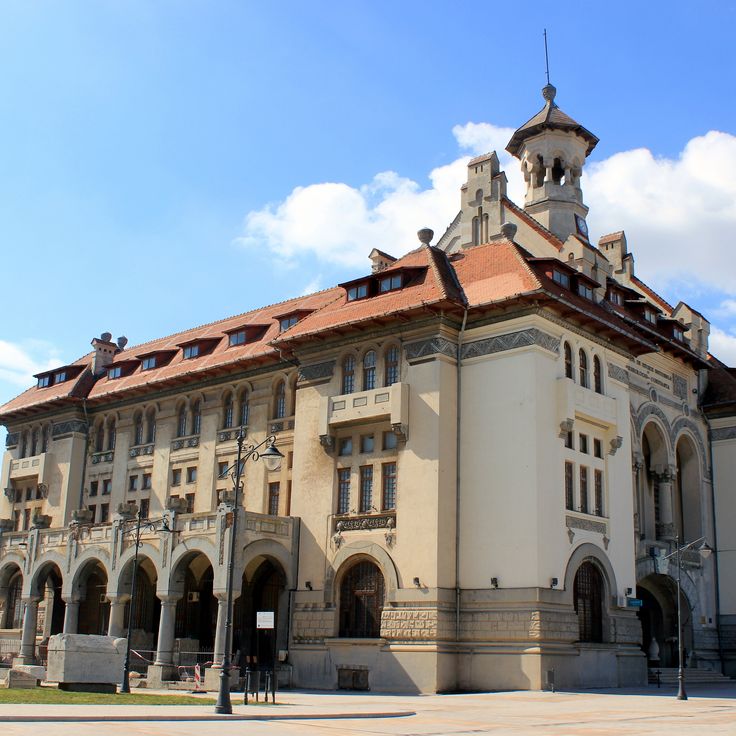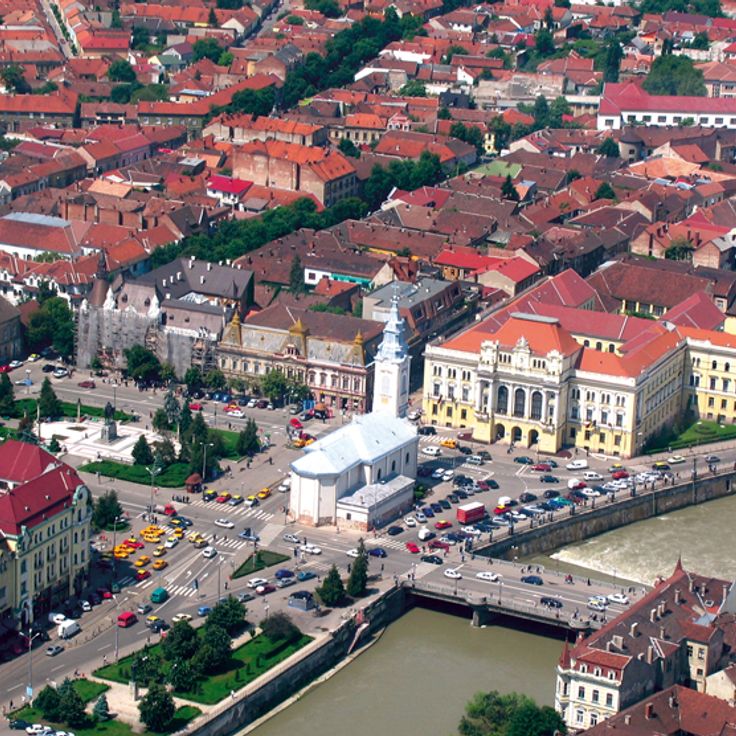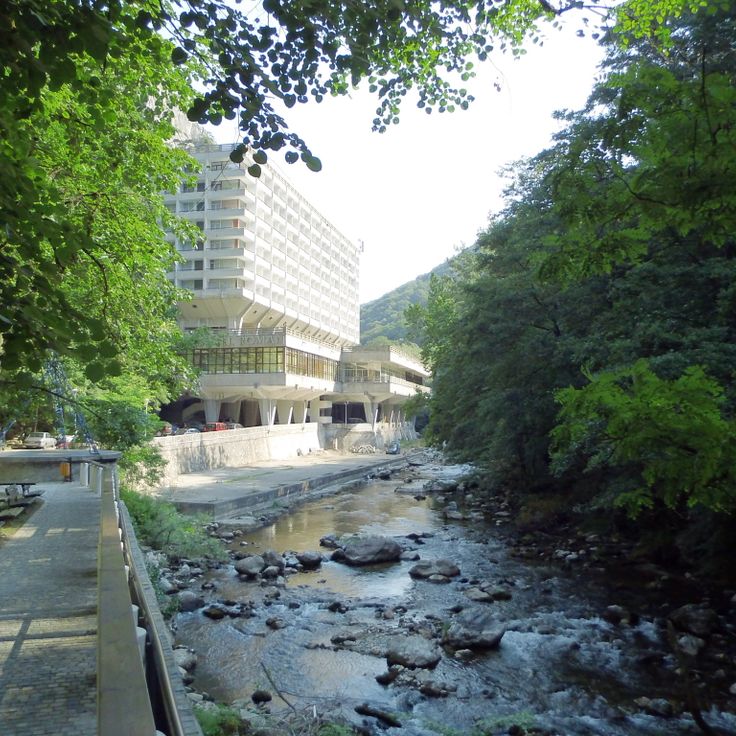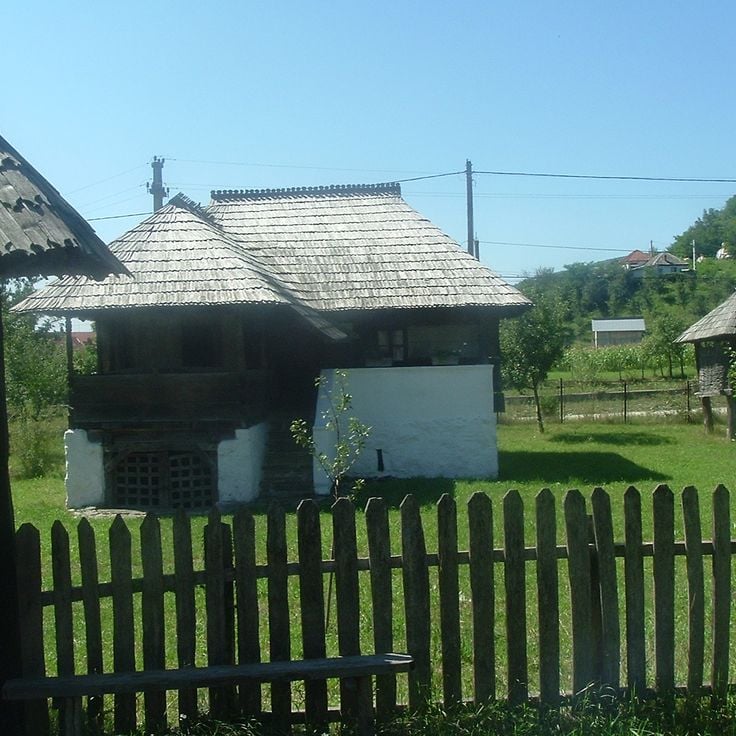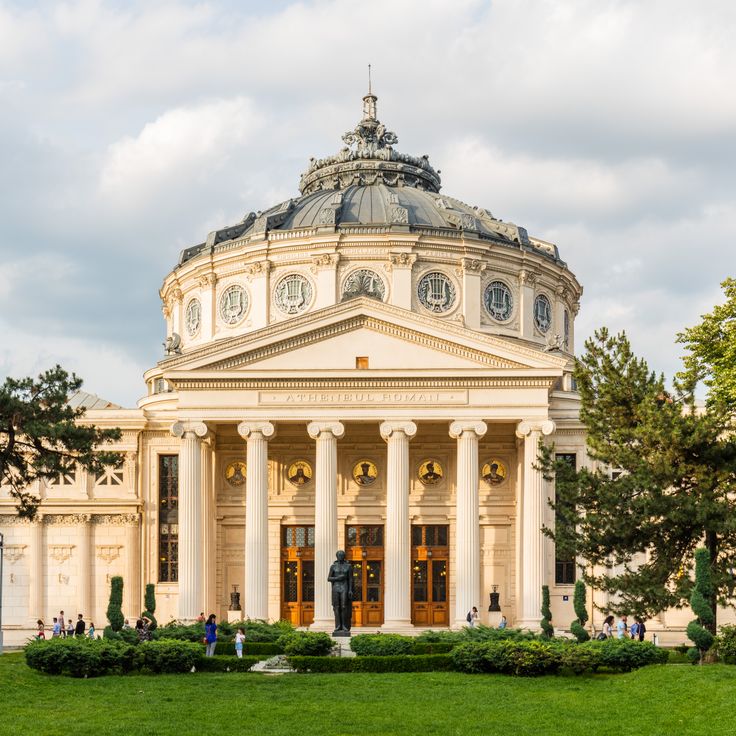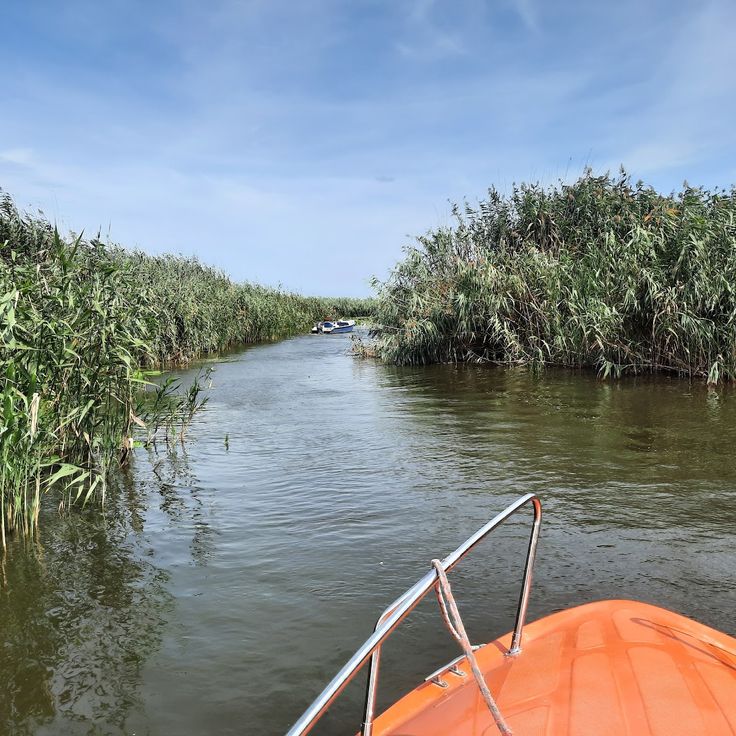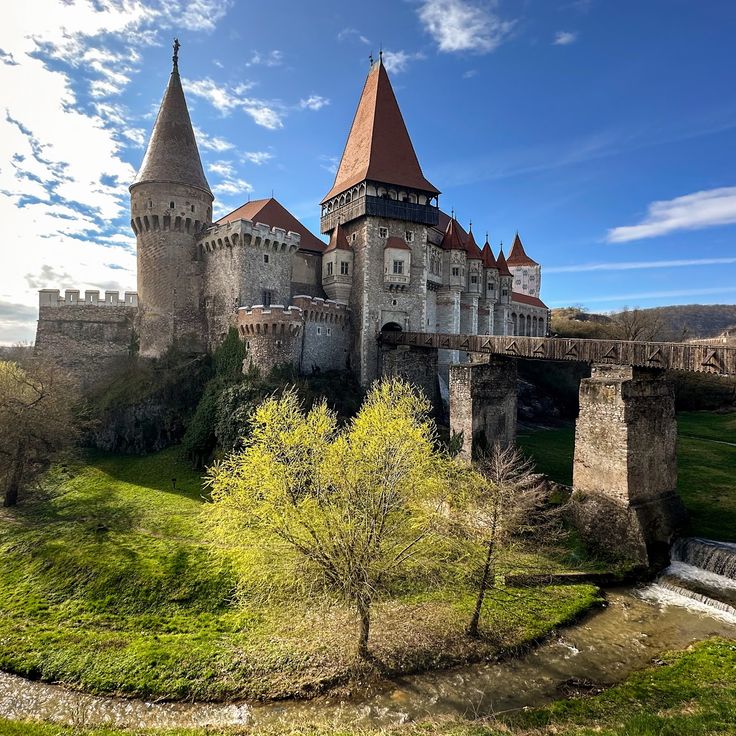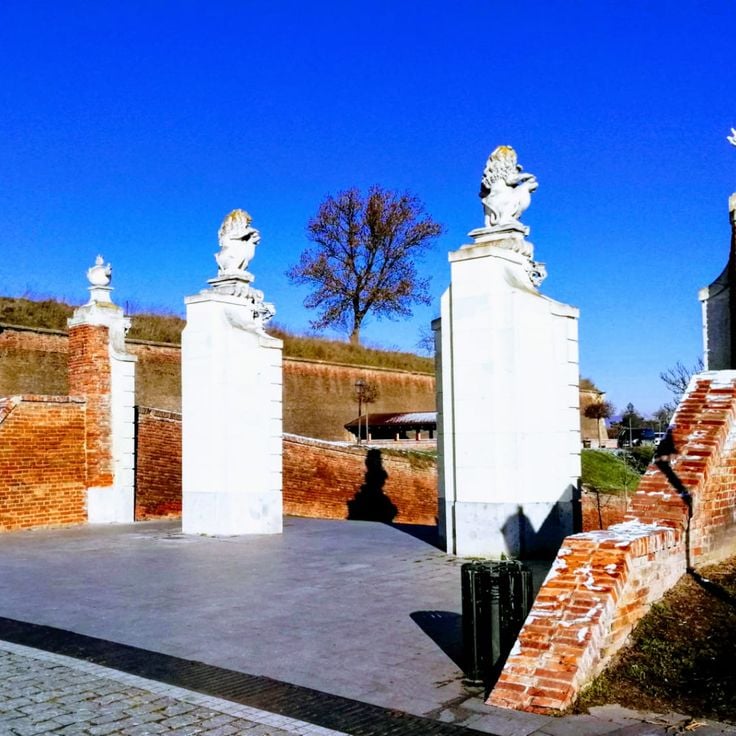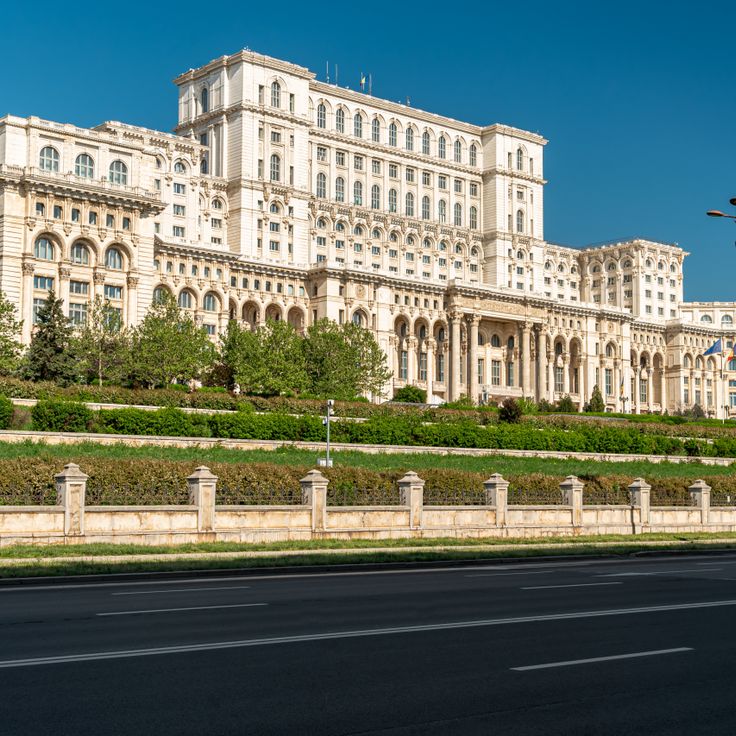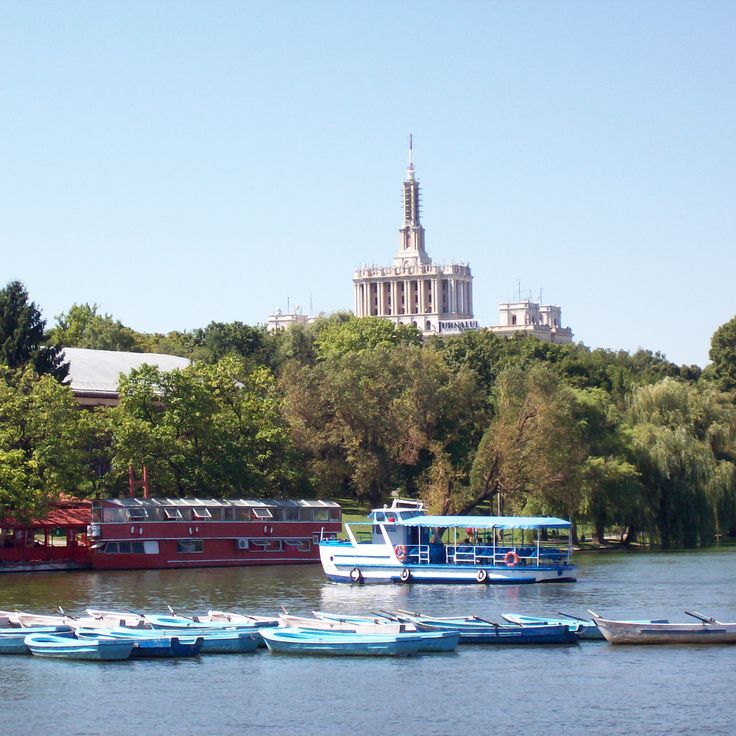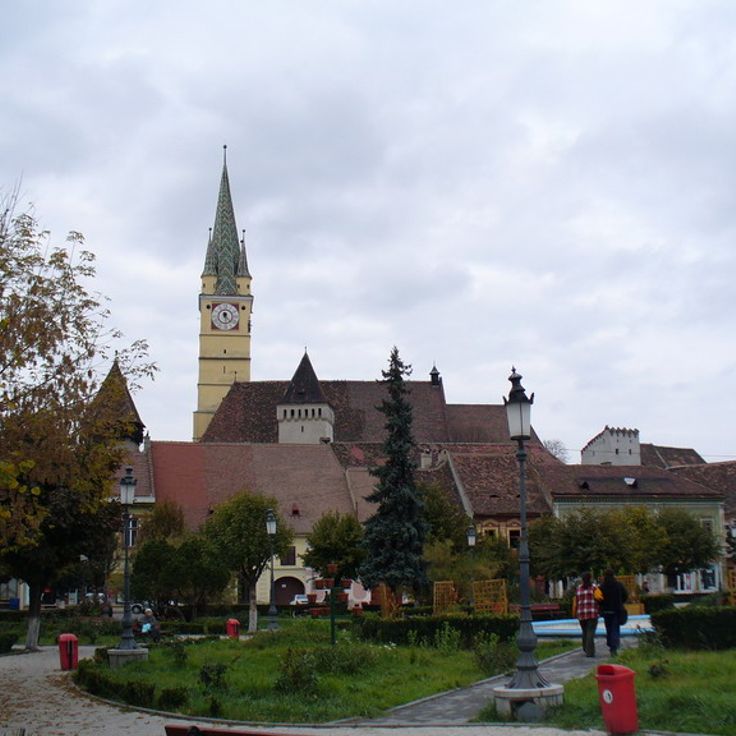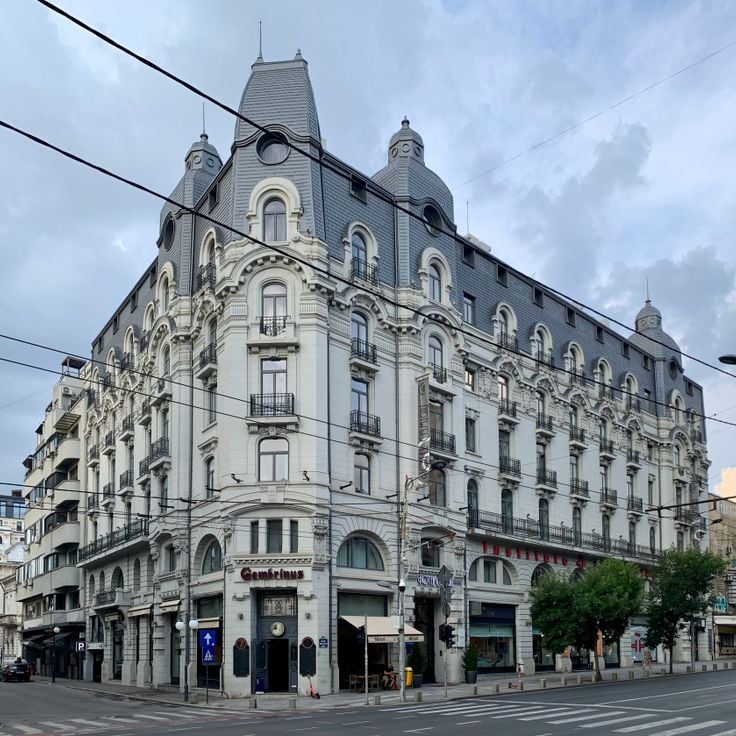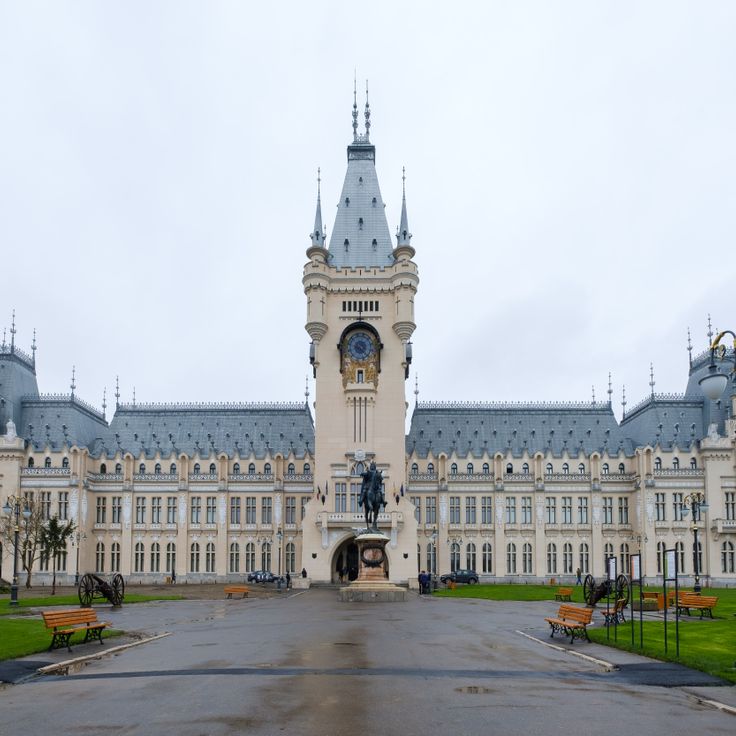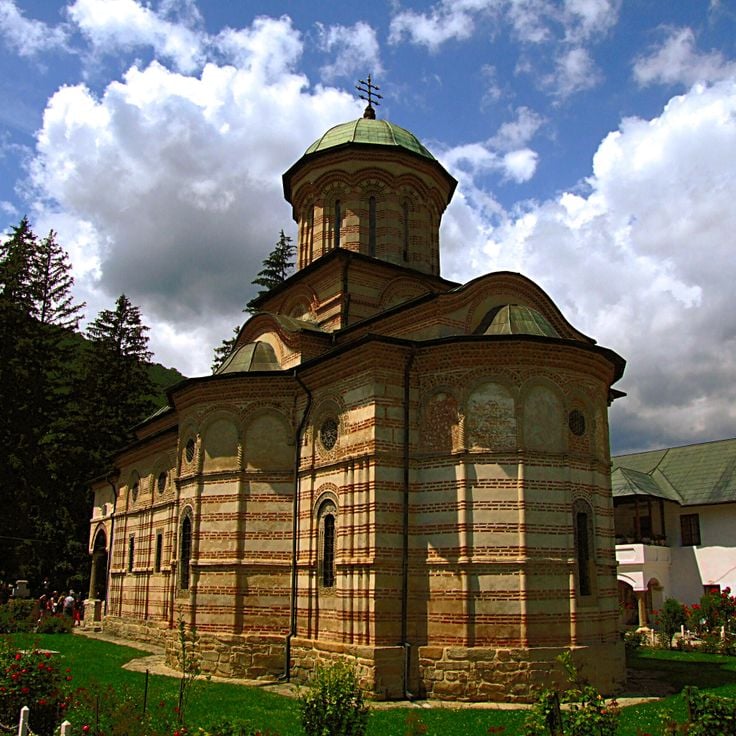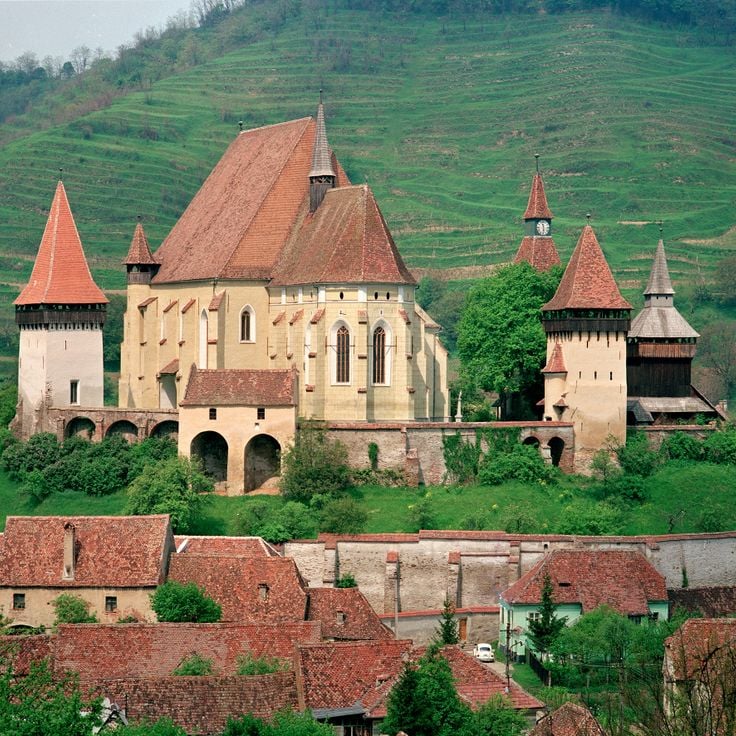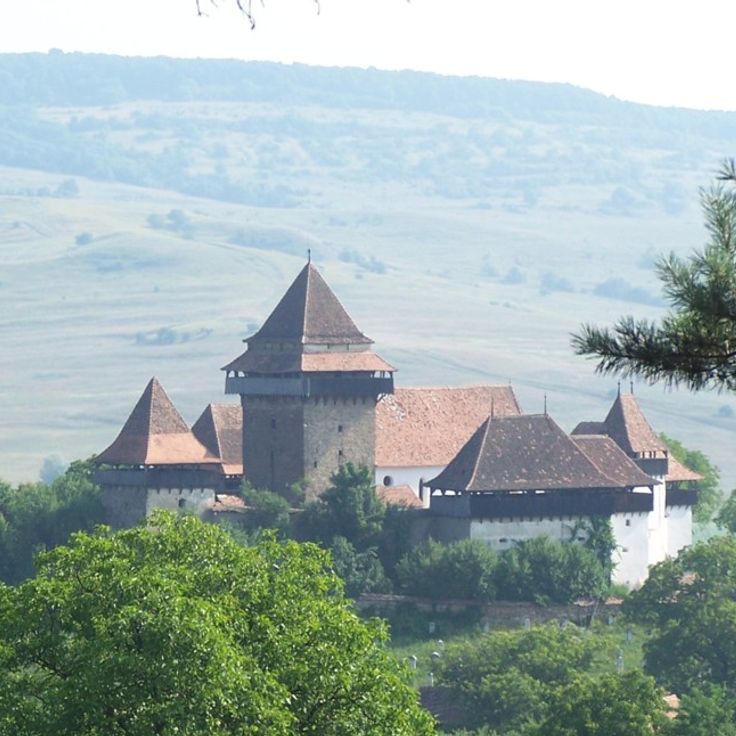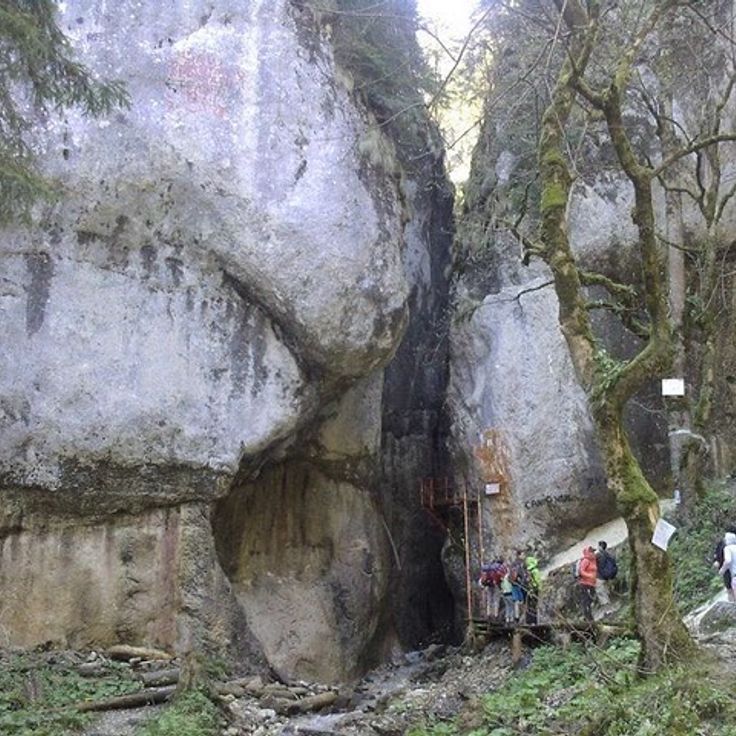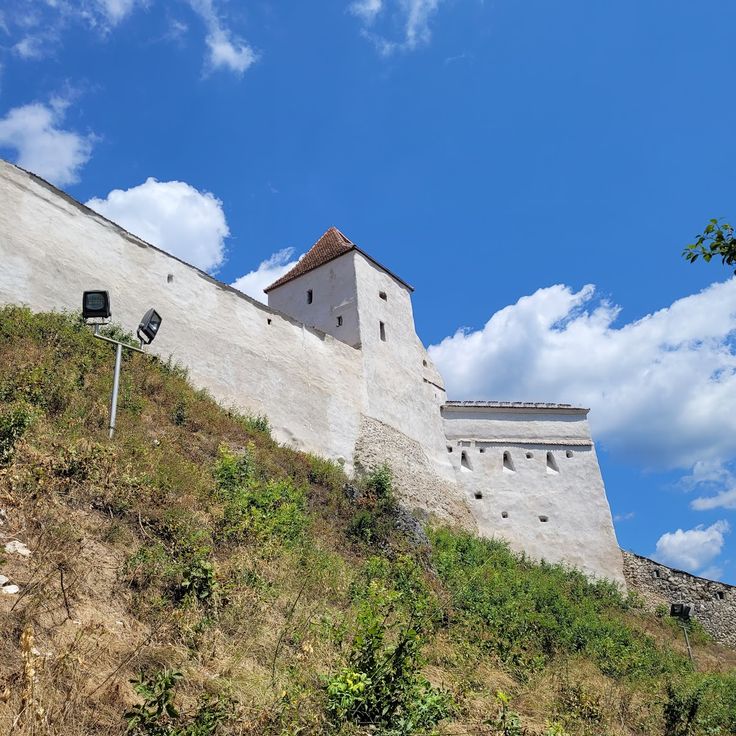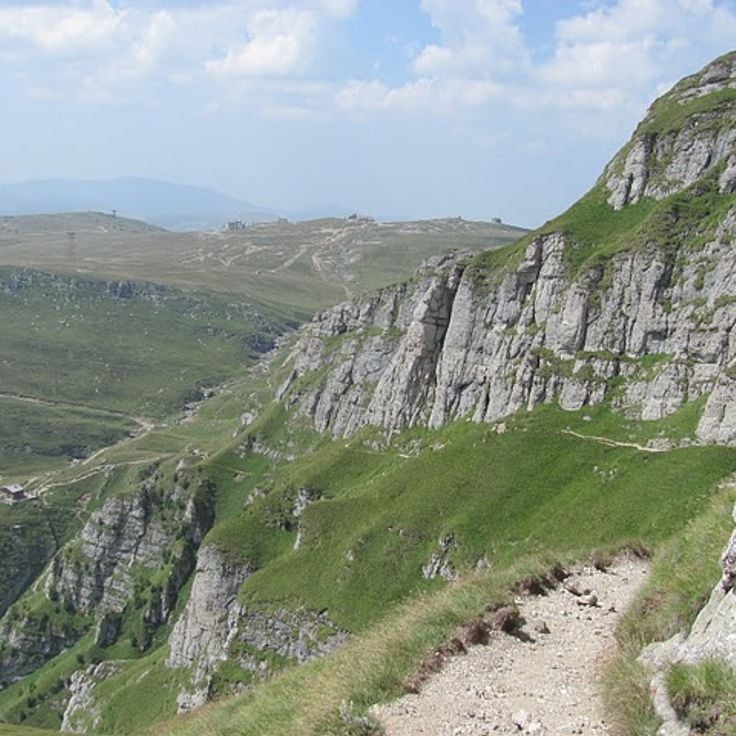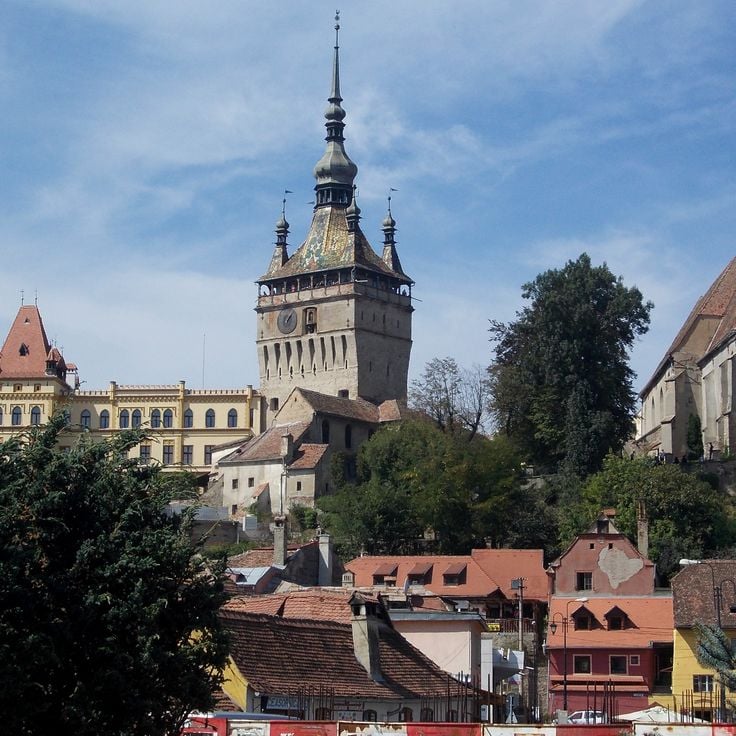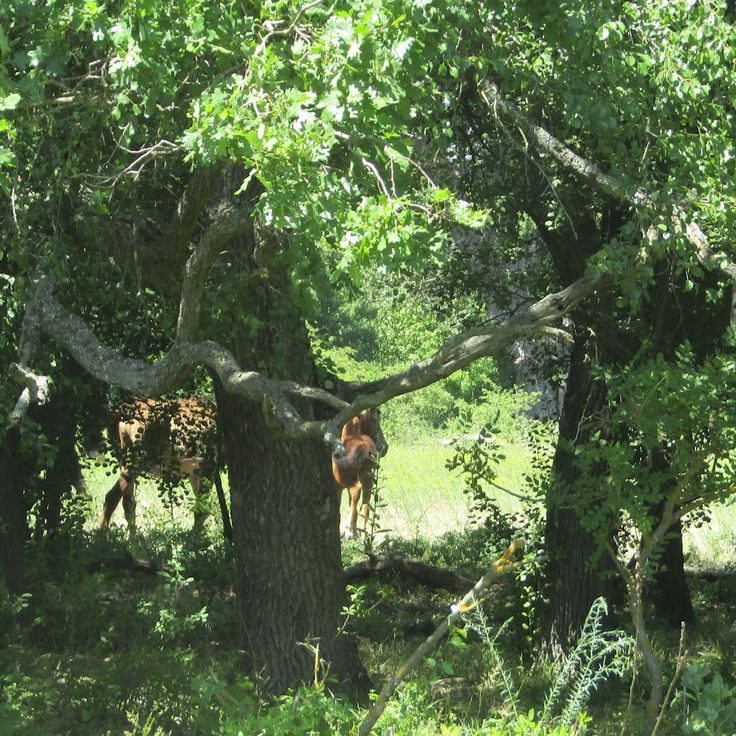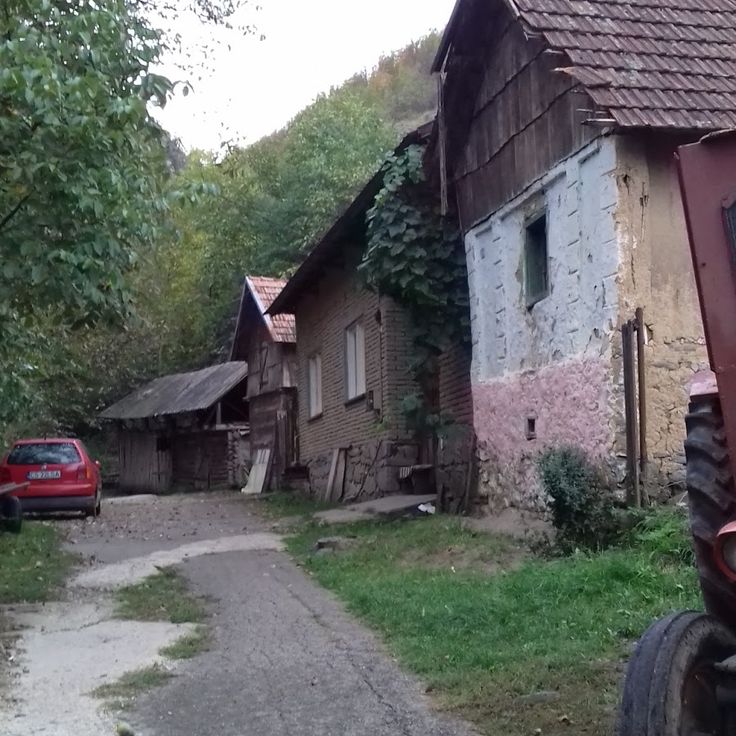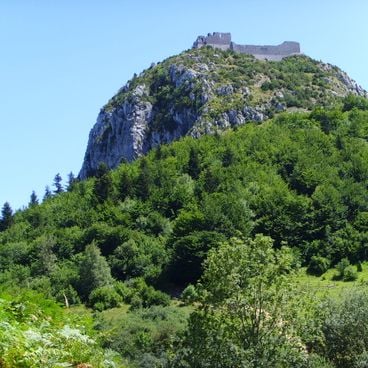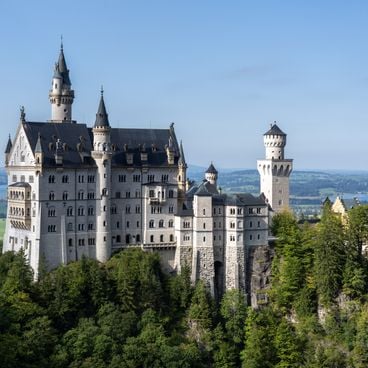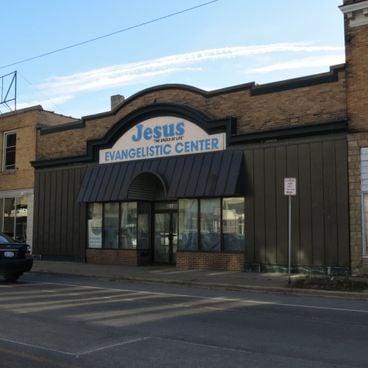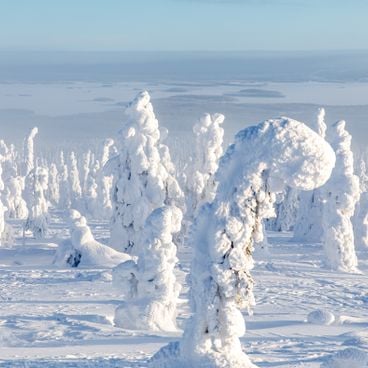Romania encompasses historic towns where medieval squares, Orthodox churches, and royal palaces are found. Bucharest, the capital, hosts the Parliament Palace and religious buildings like the 18th-century Stavropoleos Church. In Transylvania, Brașov preserves its 14th-century city walls, and Sibiu features its cobbled streets lined with old houses. Further north, Bukovina contains Orthodox monasteries adorned with Renaissance exterior frescoes. The Romanian territory also offers mountain landscapes and diverse natural sites. The Transfăgărășan road crosses the Carpathians at over 2000 meters altitude, linking two historic regions. Bran Castle and Peles Castle, perched in the mountains, showcase defensive and royal architecture. The saline lakes of Ocna Sibiului and thermal centers like Therme București highlight the country's natural resources. The Danube Delta completes this collection of destinations to explore.
This castle was built in 1377 on a rock formation and features four towers along with secret passages. The interior rooms contain furnishings and decorations from the 19th century. The fortress originally served to defend the trade route between Transylvania and Wallachia.
The Lakes of Ocna Sibiului are seven natural salt lakes formed in former salt mines. These bodies of water have been used since the 19th century for thermal treatments and balneological therapies, as their salt-rich waters possess therapeutic properties.
Bucharest counts two million inhabitants and combines residential blocks from the communist era, Orthodox churches with gilded domes, and the Palace of the Parliament, whose floor area of 365,000 square meters makes it the largest administrative building in the world by surface.
The Transfăgărășan Road was built between 1970 and 1974 under Nicolae Ceaușescu's orders and reaches an altitude of 2042 meters at Lake Bâlea. This high mountain road crosses the Făgăraș Mountains and connects the historical regions of Transylvania in the north with Wallachia in the south over a total distance of 90 kilometers with numerous hairpin turns, viaducts and tunnels.
Therme Bucuresti is an aquatic and thermal complex that opened in 2016 near the Romanian capital. The facility spans several hectares and offers numerous indoor and outdoor pools with varying temperatures, multiple sauna areas, steam baths, and relaxation zones. The establishment features tropical gardens, palm trees, and planted areas accessible throughout the year.
Sibiu was founded in the 12th century by German settlers and features three historic squares connected by cobblestone streets. The city is characterized by its Saxon architecture, which includes numerous houses with distinctive dormer windows that resemble eyes. The well-preserved old town encompasses Gothic churches, medieval fortifications, and the Evangelical Cathedral with its 73-meter-high tower.
The Monasteries of Bucovina comprise eight Orthodox religious buildings known for their exterior frescoes from the 15th and 16th centuries. These wall paintings display biblical scenes and theological representations painted directly on the outer walls of the church structures. The frescoes served to provide religious instruction to the population.
Peles Castle was built between 1873 and 1914 as a royal residence in the Carpathians and combines German and Italian architectural elements across its 160 furnished rooms.
Brașov is located in the Carpathians and preserves 14th-century fortifications, a large central square surrounded by colorful houses, and the Black Church, a 15th-century Gothic basilica.
Stavropoleos Church is a Romanian Orthodox monastery built in 1724. The building features numerous stone carvings and interior frescoes that follow the Brancovan architectural style. This church represents one of the important religious structures in the historic center of Bucharest.
Cluj-Napoca is a university city founded in the 12th century. The city features a medieval central square dominated by Saint Michael's Gothic cathedral. Several Baroque palaces also characterize the historic center, which is defined by its academic tradition and architectural diversity.
Constanța is the main Romanian port on the Black Sea. The city features the 1910 casino building, a history museum, and Roman remains including the Edificiul Roman cu Mozaic.
This city on the Hungarian border features a 15th-century medieval fortress, numerous Art Nouveau buildings along the main streets, and the Baroque Moon Cathedral. The historic old town displays Austro-Hungarian architecture with restored facades and arcaded passages.
The Turda Salt Mine was used for salt extraction from the 17th to the 20th century. This underground site now features a salt lake and various recreational facilities located within the former mining chambers.
Baile Herculane is a thermal spa established in the 18th century in the Banat mountains, featuring buildings in Austro-Hungarian style and hot mineral springs that were used since Roman times.
The Village Museum gathers over 300 traditional rural structures from different Romanian regions. Since 1936, houses, wooden churches, mills and agricultural buildings have been relocated here to document and preserve the architectural diversity of Romanian villages.
The Romanian Athenaeum was inaugurated in 1888 and serves as a concert hall. Its dome is decorated with frescoes depicting important events from Romanian history. The building currently houses the George Enescu Philharmonic Orchestra and is considered one of the country's most important concert venues.
The Danube Delta is the largest wetland in Europe, covering more than 5,800 square kilometres. This biosphere reserve is home to approximately 300 bird species, including pelicans, herons and cormorants, as well as 45 freshwater fish species. The numerous water channels, floating islands and reed forests form a complex ecosystem of international importance.
Corvin Castle is a medieval stone fortress with defensive towers, armories, and a dungeon. The structure preserves its Gothic architectural elements from the 14th and 15th centuries, including pointed arches, stone balconies, and a drawbridge over the moat.
The Alba Iulia Citadel is an 18th-century military fortification that features seven bastions and massive walls. Within its enclosure stand the 13th-century Saint Michael's Cathedral and several museums, including the Union Museum and the National Museum of History.
The Palace of the Parliament occupies 12 floors and contains 1100 rooms. The construction of this monumental administrative building required one million cubic meters of marble and 3500 tons of crystal. Its dimensions make it one of the largest administrative buildings in the world.
Herăstrău Park covers 187 hectares around the lake of the same name in northern Bucharest. This public recreation area offers walking paths along the shore, French-style gardens, an open-air theatre, and several restaurants and cafés. The park serves as a popular meeting place for residents and also houses the Village Museum, which displays traditional Romanian architecture.
Mediaș is a Saxon town in Transylvania, with a medieval center enclosed by defensive walls. The old town contains the Trumpeters' Tower, which housed the former prison of Vlad Țepeș, along with several fortified churches that reflect the region's historical heritage.
Cișmigiu Park was established in 1854 as Bucharest's first public garden. The grounds extend around a central lake and feature tree-lined paths, flowerbeds, and several monuments dedicated to Romanian figures. Visitors will find benches, cafés, and shaded walkways throughout the park.
The ASTRA Museum is an open air museum spread over 96 hectares, displaying more than 400 traditional Romanian buildings from various regions of the country. The collection includes farmhouses, churches, water mills, and workshops demonstrating historical craft techniques such as pottery, weaving, and blacksmithing. The buildings have been relocated from their original sites and faithfully reconstructed.
The Palace of Culture is a neogothic building constructed between 1906 and 1925. This monument houses four museums dedicated to history, art, science, and literature. Its tower features a musical carillon clock that plays on the hour.
Cozia Monastery was founded in 1388 by Prince Mircea the Elder on the banks of the Olt River. This Orthodox monastery houses medieval frescoes and displays Romanian Byzantine architecture with decorated facades and religious wall paintings from the 14th century.
Biertan is a medieval village featuring a fortified church from the 14th century. The complex includes three concentric rings of walls, nine towers, and multiple defensive levels protecting the religious structure.
Viscri is a Saxon village featuring a 12th-century fortified church recognized as a UNESCO World Heritage Site. The village consists of traditional white houses that surround the church. The fortification displays typical characteristics of Transylvanian Saxon architecture. The village has retained its historical character and provides insight into the medieval settlement patterns of the region.
The Seven Ladders Canyon is a mountain trail in the Piatra Mare massif, equipped with seven metal ladders fixed to the rock walls. The path follows the natural course of a mountain stream and its waterfalls over an elevation change of 230 meters. The route passes through a narrow gorge where water cascades down a series of rock steps.
The Râșnov Fortress was built in the 13th century by Teutonic Knights on a limestone hill at an elevation of 150 meters. This defensive structure served as a refuge for the Saxon inhabitants of the region during attacks. Inside the fortification stands a 143-meter deep well, dug over decades by prisoners of war to ensure water supply during prolonged sieges.
Timișoara is the capital of the Banat region and features three central squares surrounded by buildings in Baroque and Art Nouveau styles. The city presents significant architecture from the 18th and 19th centuries with well-maintained facades and public buildings.
Bucegi National Park covers the mountain massif of the same name, with peaks reaching up to 2,505 meters. The protected area includes distinctive rock formations such as the Sphinx and Babele, numerous caves, deep valleys, and several waterfalls. The high plateaus offer hiking trails through alpine meadows and coniferous forests, while steep rock faces attract climbers.
Sighișoara is a fortified town from the 12th century that includes nine defense towers, a medieval clock tower, and numerous artisans' houses. This settlement was founded by Saxon colonists and is listed as a UNESCO World Heritage Site. The historic center preserves its original structure with narrow streets, churches, and residential buildings from different periods.
The Bicaz Gorge extends eight kilometers through the Hasmas mountains, forming one of the narrowest canyons in Romania. This gorge features vertical limestone walls that rise up to 300 meters in places. The DN12C road follows the course of the Bicaz River and connects the regions of Moldavia and Transylvania through this geological formation.
The Letea Forest consists of oak trees that are several centuries old and sand dunes in the Danube Delta. Wild horses and vipers live in this protected area, which represents a rare combination of woodland and dune landscape.
The Rudaria Mills comprise twenty-two historical wooden water mills constructed along the Rudărica river. These traditional structures have been used by local residents for generations to grind grain and represent a functional example of rural architecture in the Romanian Carpathians.
